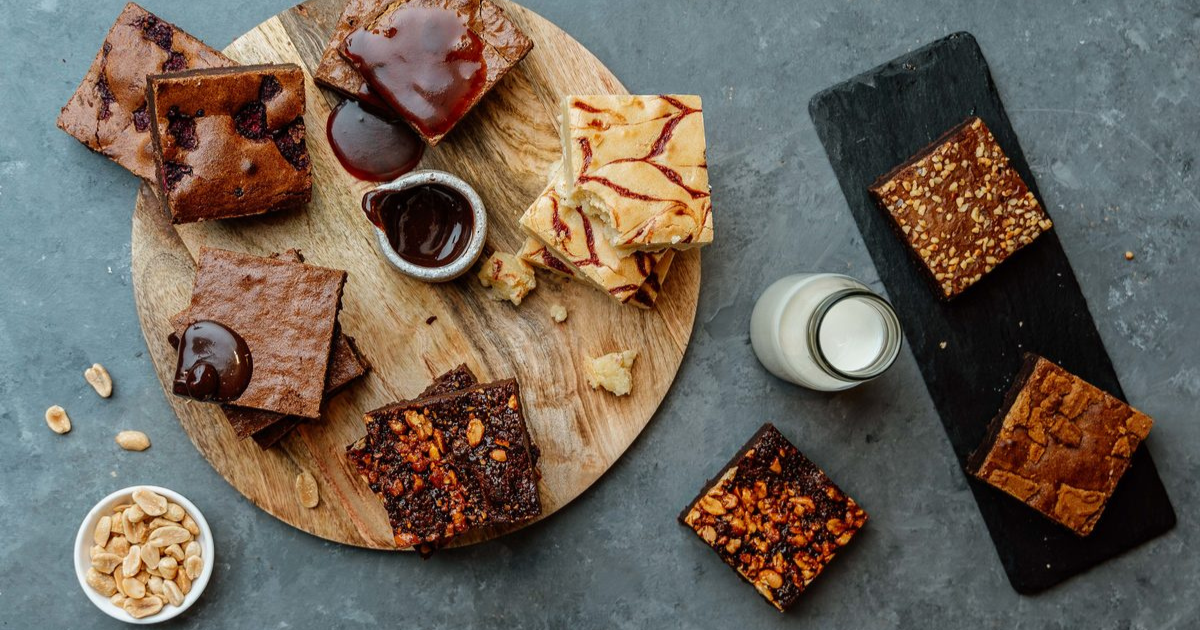GRAPEVINE: Right approach can lead to wines of great quality
Sauvignon Blanc may seem a bit of a dull topic after exploring some of the unique whites from Italy over the past few weeks.
It is a maligned variety these days.
There are those who love it and those who loathe or deride it, particularly within the wine industry: it lacks complexity, it’s all fruit and then falls away to nothing on the palate etc. etc.
While these can be valid criticisms of some examples, it is equally true of many other varieties when poorly made. In any case, in some circumstances these attributes are exactly what you want.
So many Sauvignon Blancs we try suffer from many afflictions. They are over-cropped and made as an afterthought to get in and out of the winery quickly for some quick and easy cash flow (Rose is quickly falling into this camp, too).
In other cases, the same fruit is dolled up with some winemaking technique such as lees stirring or oak-ageing, often over-done, which can sap the wine of its freshness and vibrancy.
Once again, these problems can be identified in wines made from other grape varieties, but when you have a variety such as Sauvignon Blanc that is so widely planted and produced, you are more likely to run into the poorly made wines simply because there are so many of them around.
While wading through the swamp of Sauvignon Blanc this year, we could have made our lives a lot easier by remaining focused on the factors that will more often than not result in wines of great quality.
Grape varieties grown in areas well suited to them, growers who work tirelessly in the vineyards as sustainably as they can to produce balanced, healthy fruit and winemaking principles that are focused on producing the best example of the variety given its growing conditions.
Murdoch Hill continue to tick these boxes, particularly so in an excellent season such as 2018.
Located at Oakbank in the Adelaide Hills, they now have 20-year-old-plus vines and a winemaker who picked up both young winemaker of the year and young gun winemaker of the year in 2017.
The Adelaide Hills has established itself as a benchmark for Sauvignon Blanc with the likes of Shaw and Smith (a few kilometres from Murdoch Hill) and Geof Weaver.
Vineyards sit above 300 metres altitude, which helps to moderate temperatures that can remain below those of lower lying regions nearby.
The cool nights and moderate days in a season like 2018 help to retain ample acidity levels as the fruit ripens, which contributes to crisp vibrant nature of the wines balancing tropical fruits, citrus and a subtle herbal/grassy edge.
Murdoch Hill ($23) don’t mess around with trying to make the wine more serious than it should be. Handpicked fruit, slow cool ferments in stainless steel with a small portion fermented on solids with wild yeast results in a Sauvignon Blanc of ripe varietal fruits; passionfruit, gooseberries, citrus and grass while retaining a crisp refreshing line of acidity that gives the wine vibrancy and a clean dry persistent finish. It wont blow you away with complexity, but nor should it – it is wellexecuted fresh Sauvignon Blanc that is exactly what you expect from the variety.


















